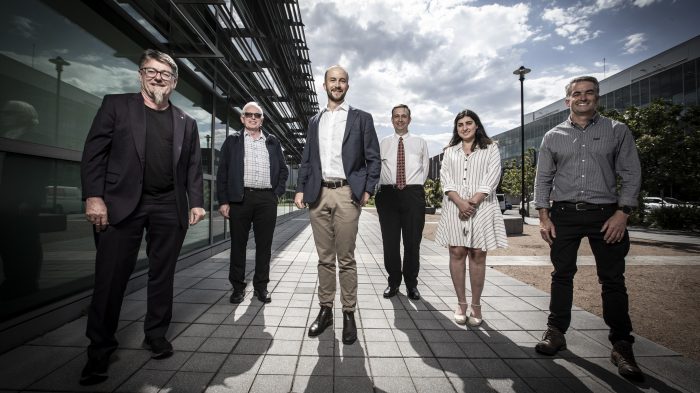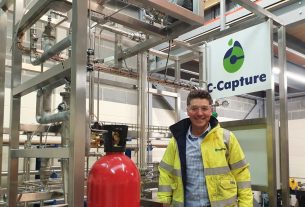Australia – A research collaboration between electromaterials researchers at the University of Wollongong (UOW) and a private next-generation battery material company, Sicona Battery Technologies (Sicona), may be the game-changer the sector has been waiting for, to create cheaper and more efficient Li-ion batteries in the future, by improving the battery materials that go into the anode as well as the cathode.
Researchers from the ARC Centre of Excellence for Electromaterials Science (ACES), UOW and the Australian National Fabrication Facility (ANFF), led by Professor David Officer and Distinguished Professor Gordon Wallace, have discovered a new form of graphene, known as Edge Functionalised Graphene (EFG).
This form of graphene is both highly conductive and processable. The material is comprised of nano platelets that have excellent potential as a valuable carbon additive for a variety of electrochemical devices.
With its unique properties, EFG has been demonstrated to have high utility in energy storage (both for batteries and supercapacitors), as well as in composites for use as sensors, reinforcement materials or non-metallic conductors. Further applications in biomedical engineering are also under investigation.
Researchers are now working with Sicona to demonstrate scale-up of production. Sicona have executed binding agreements with UOW for the acquisition of all its intellectual property related to EFG.
Sicona develop next-generation battery materials technology used in the anodes (negative electrodes) and cathodes (posititive electrodes) of Li-ion batteries that enable electric-mobility and storage of renewable energy.
The Innovation and Commercial Research Unit’s goal is to see the translation of fundamental research from pilot-scale technology demonstrators to real-world applications. The agreement with Sicona is a perfect example of UOW working with an industry partner to develop revolutionary products.
The technology is patent pending in 12 international jurisdictions and will be further enhanced under a 2-year research and collaboration agreement with UOW focused on process scale-up and application of EFG in batteries as well as a thermal conductivity enhancer.
The global lithium battery market is growing rapidly with more than 4TWh (equivalent to 4,000 gigawatt sized factories) of anticipated cell production forecasted to be a $700 billion annual market by 2040.




